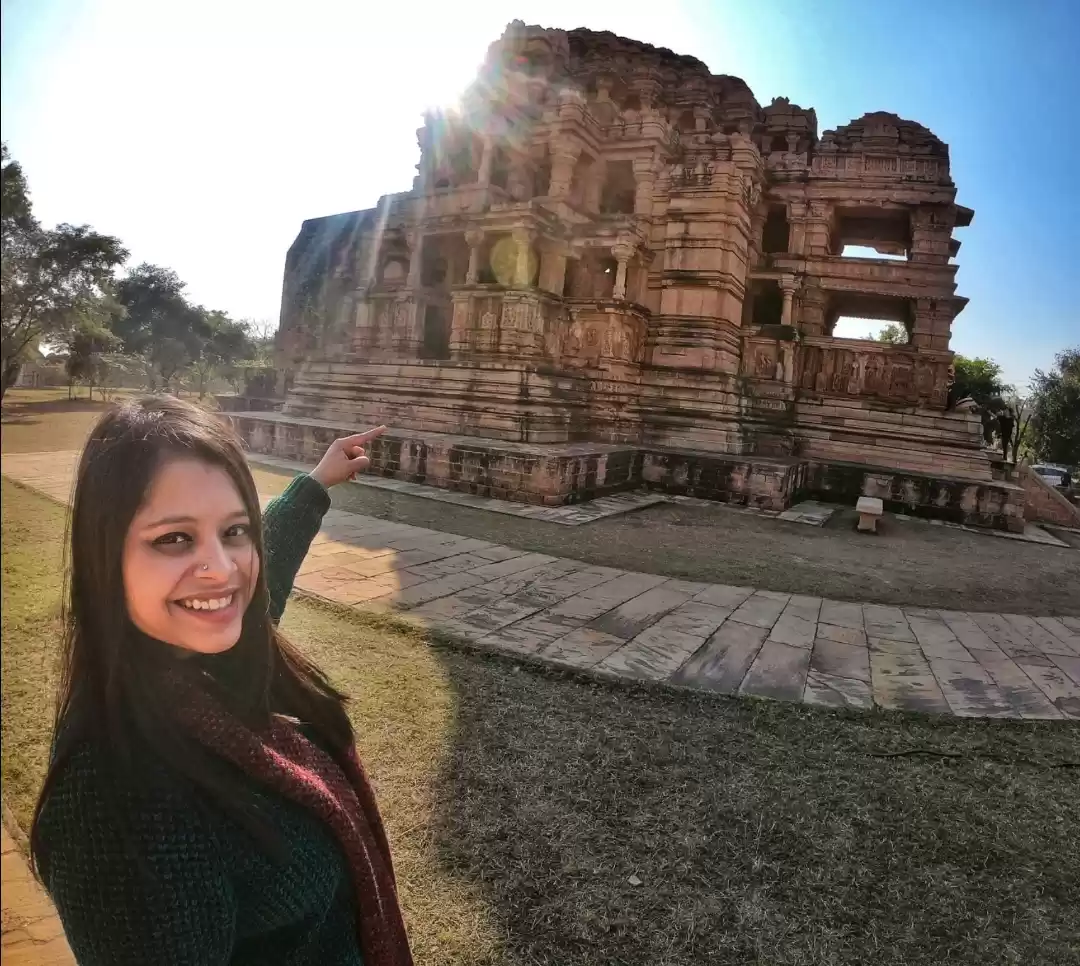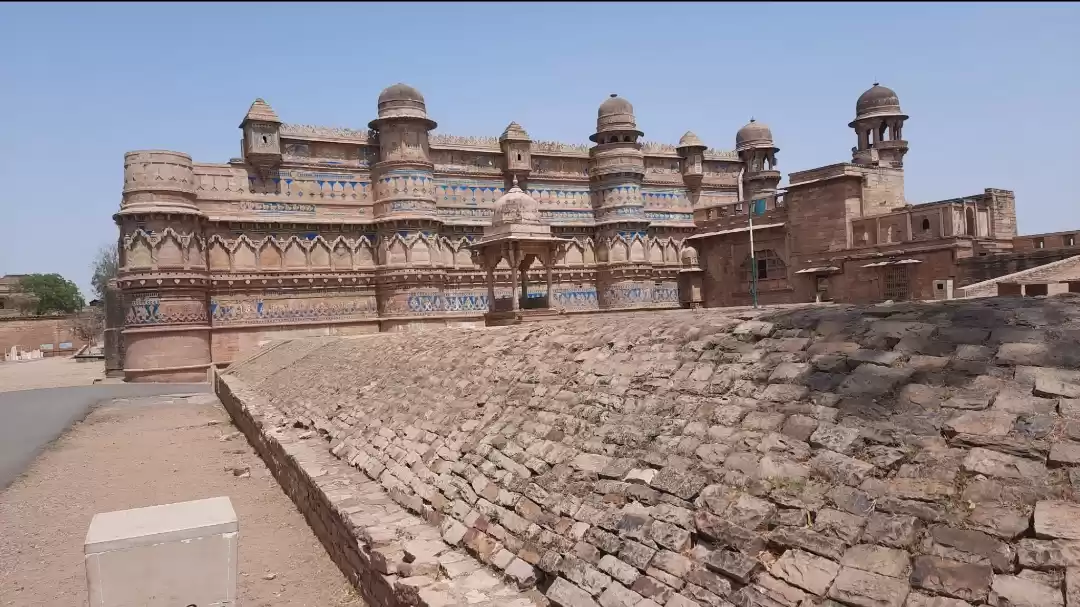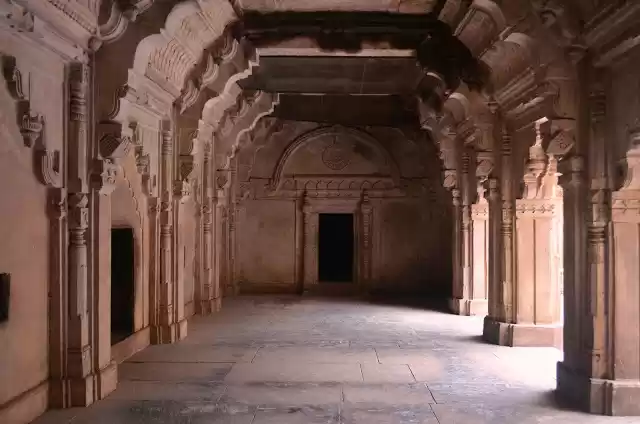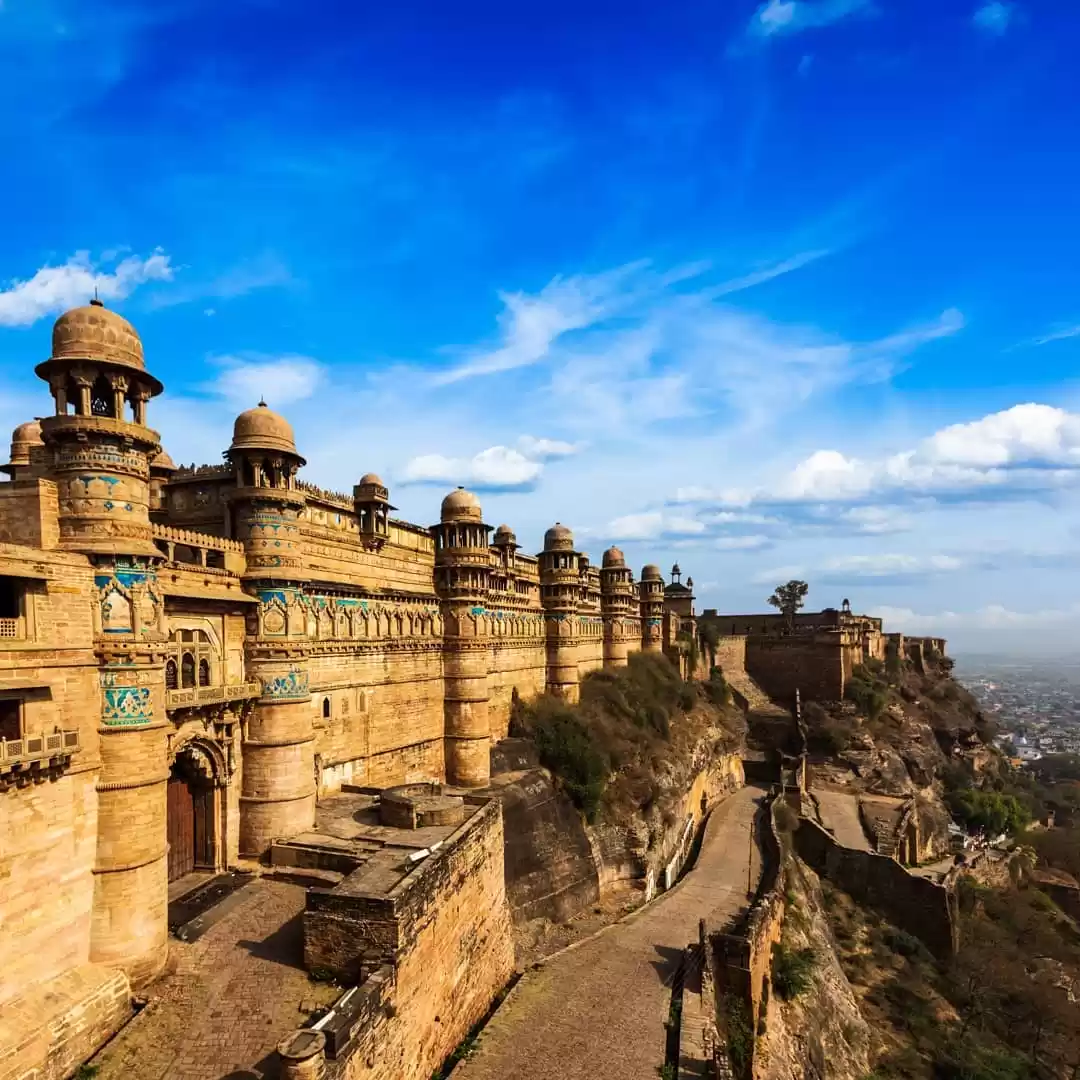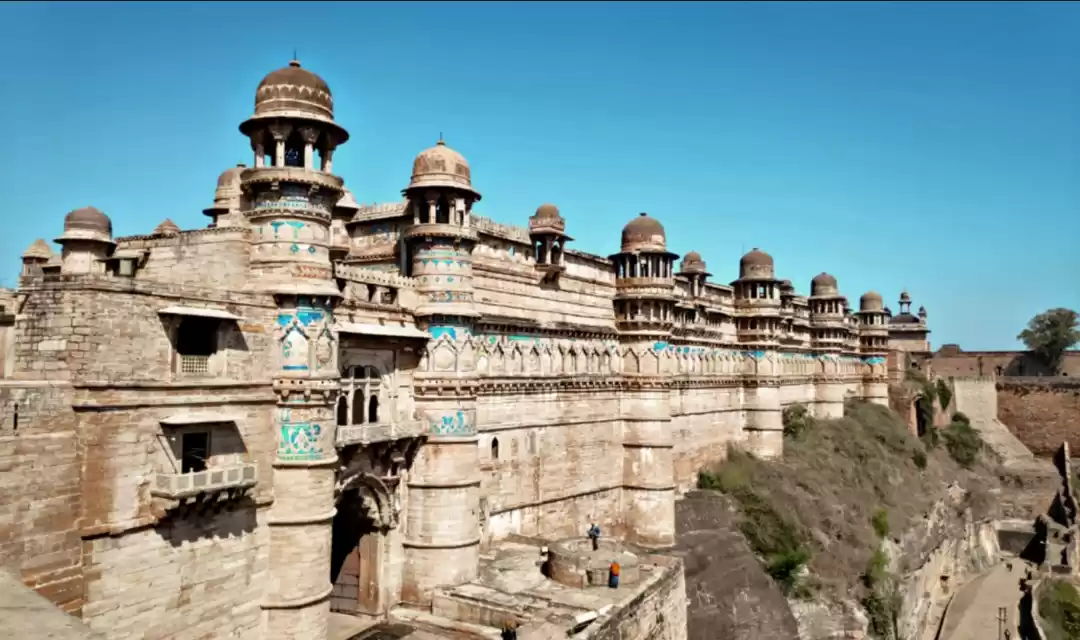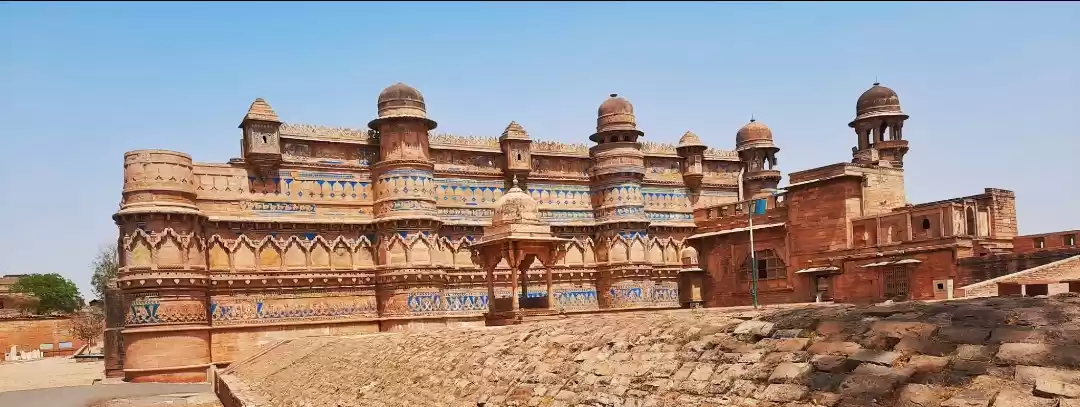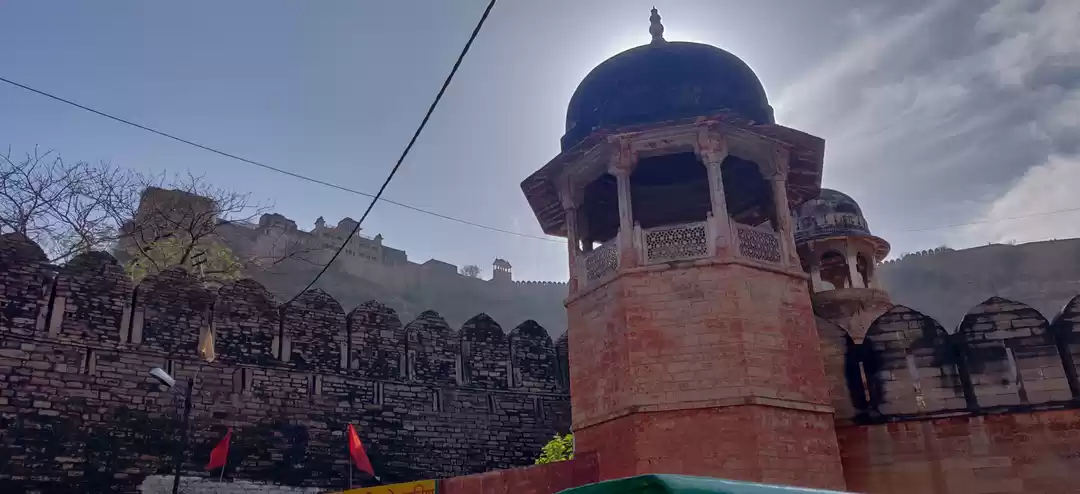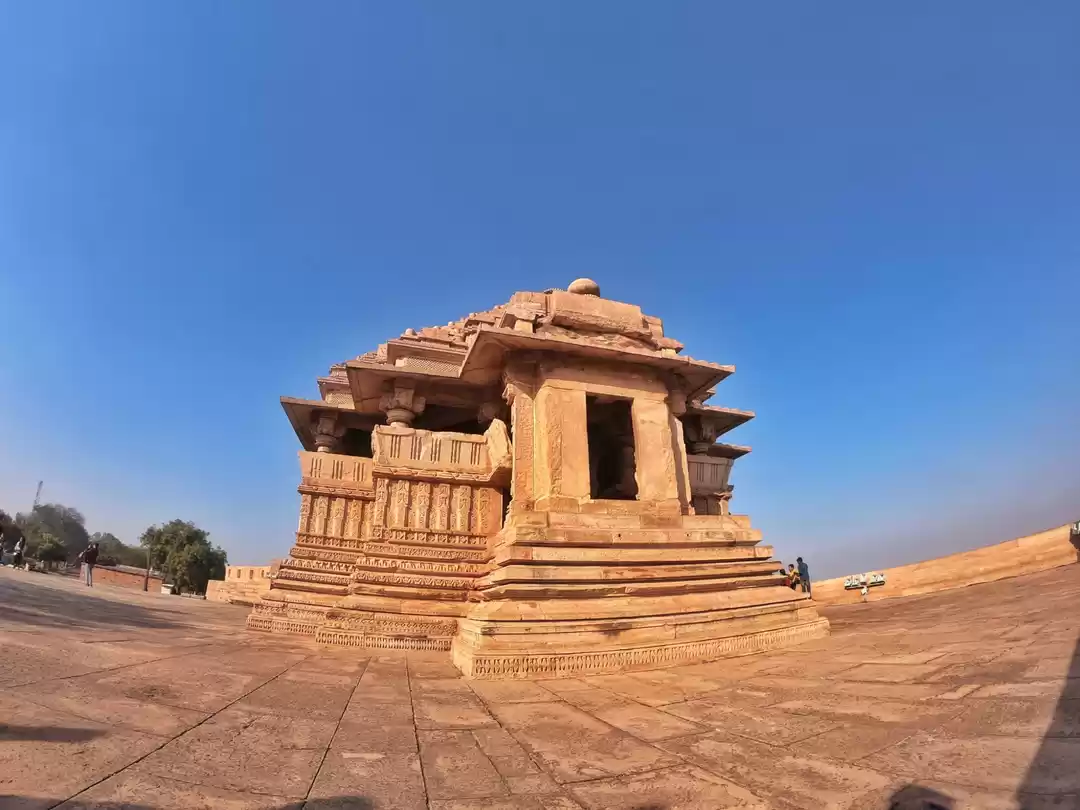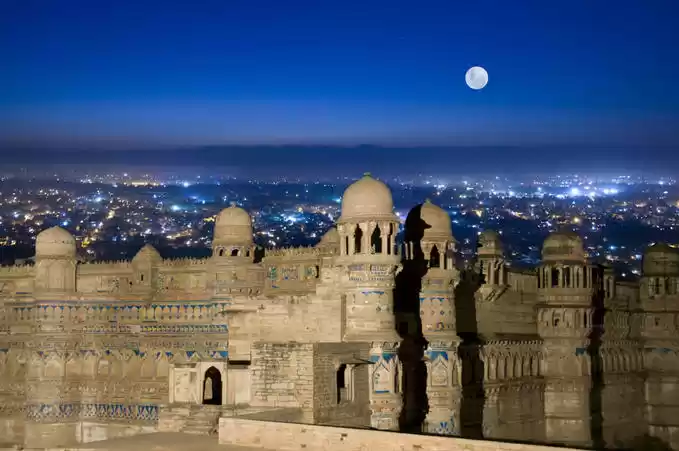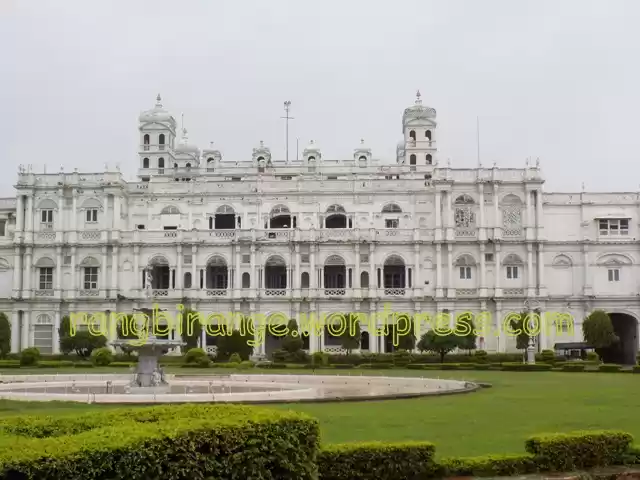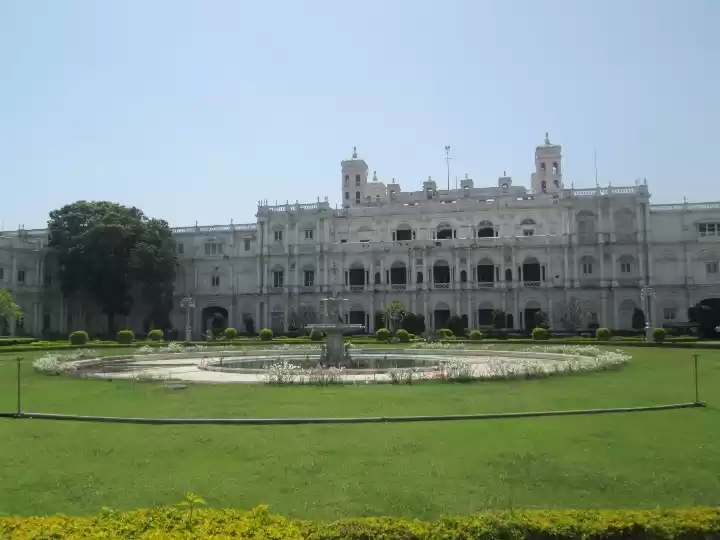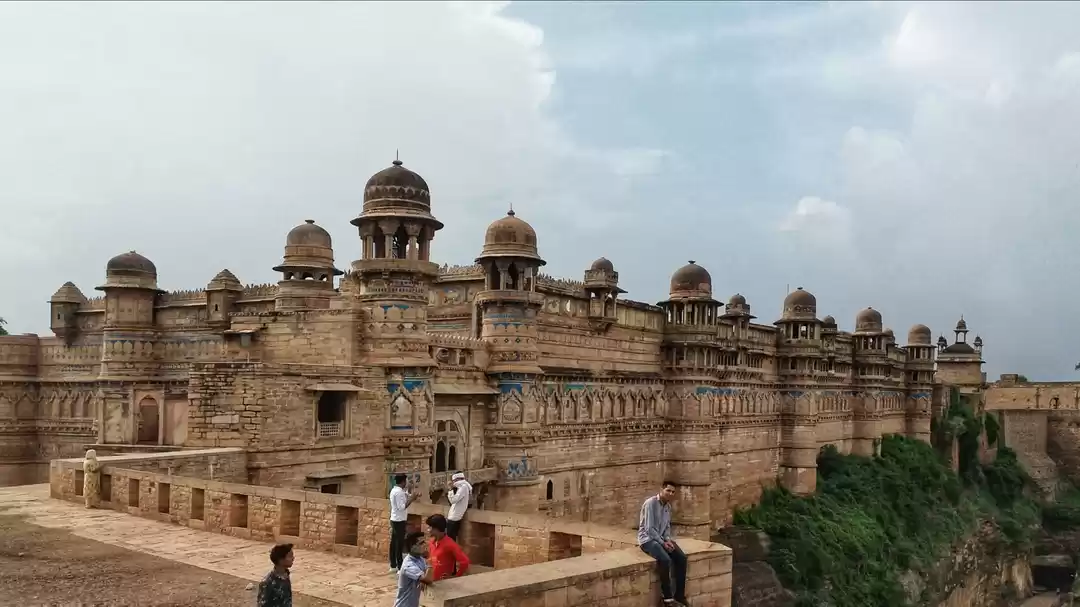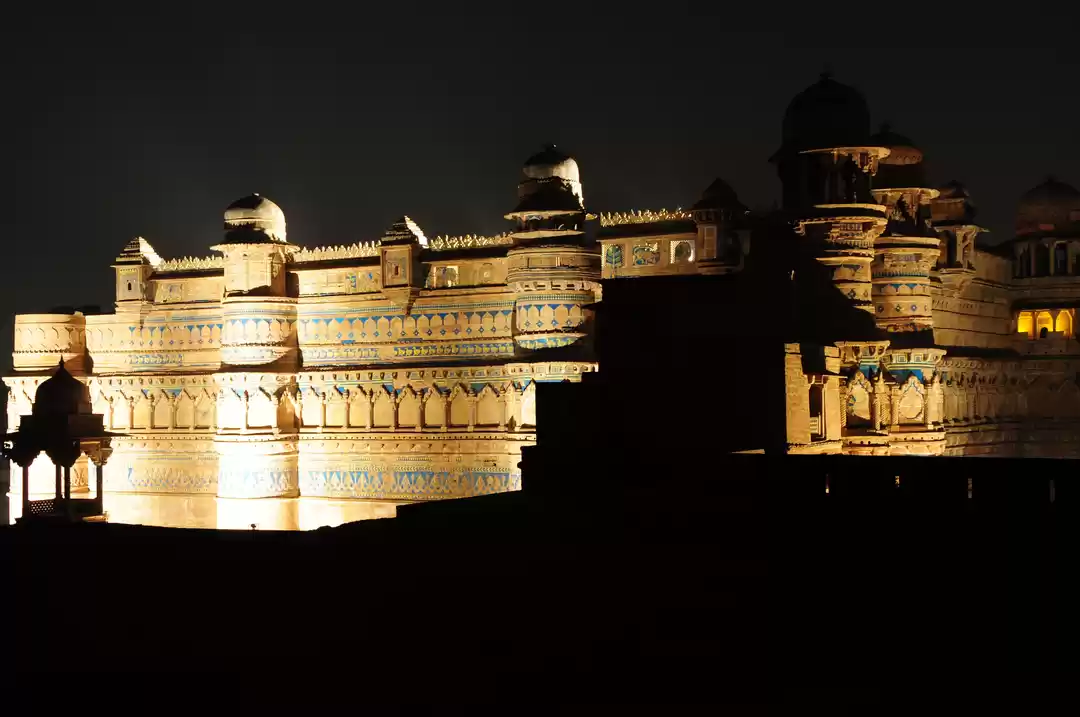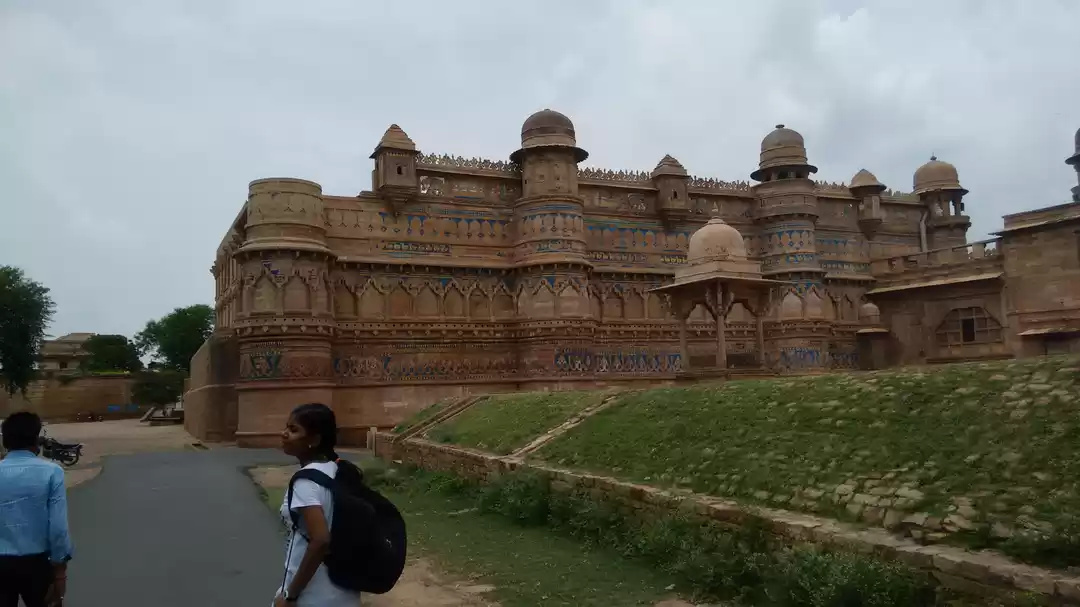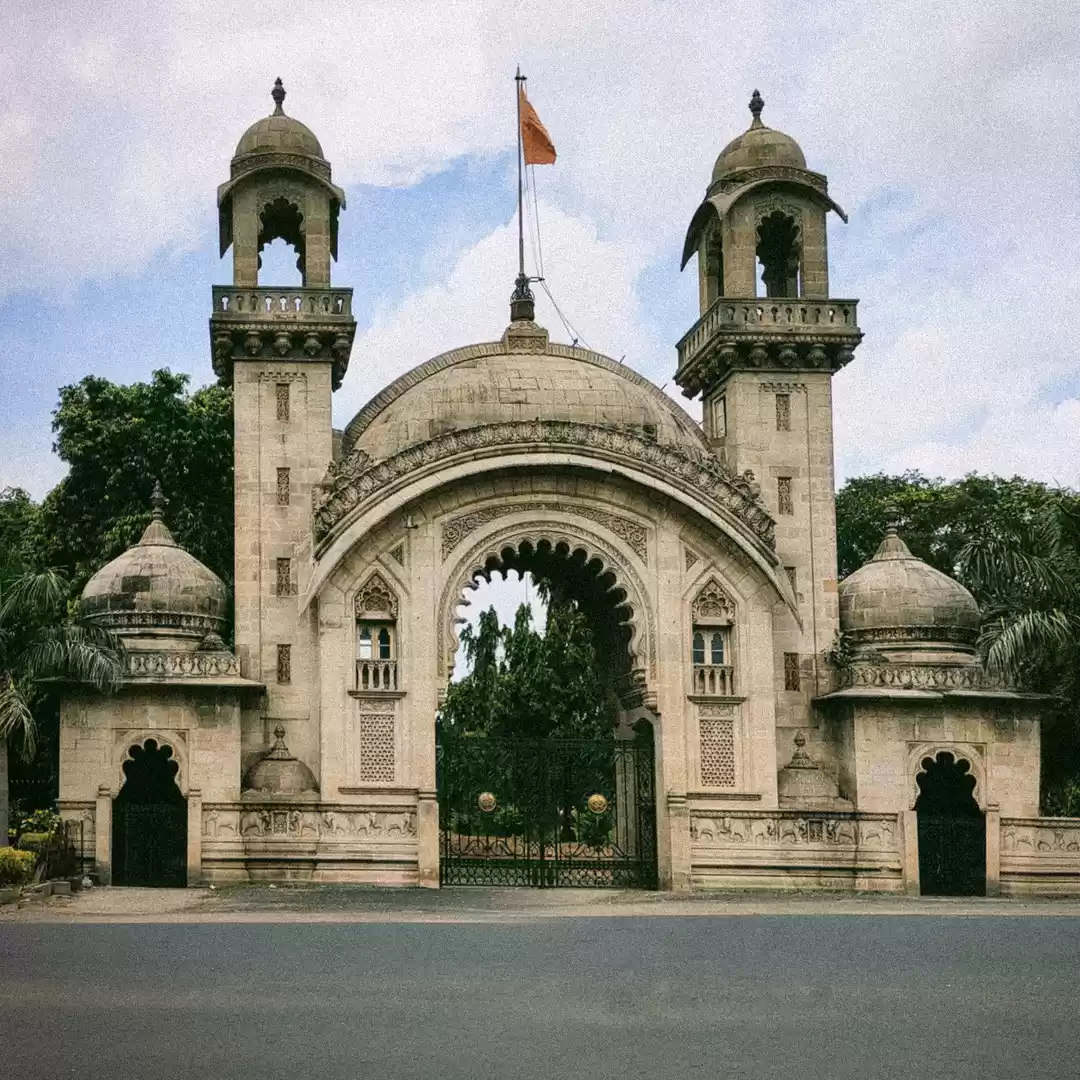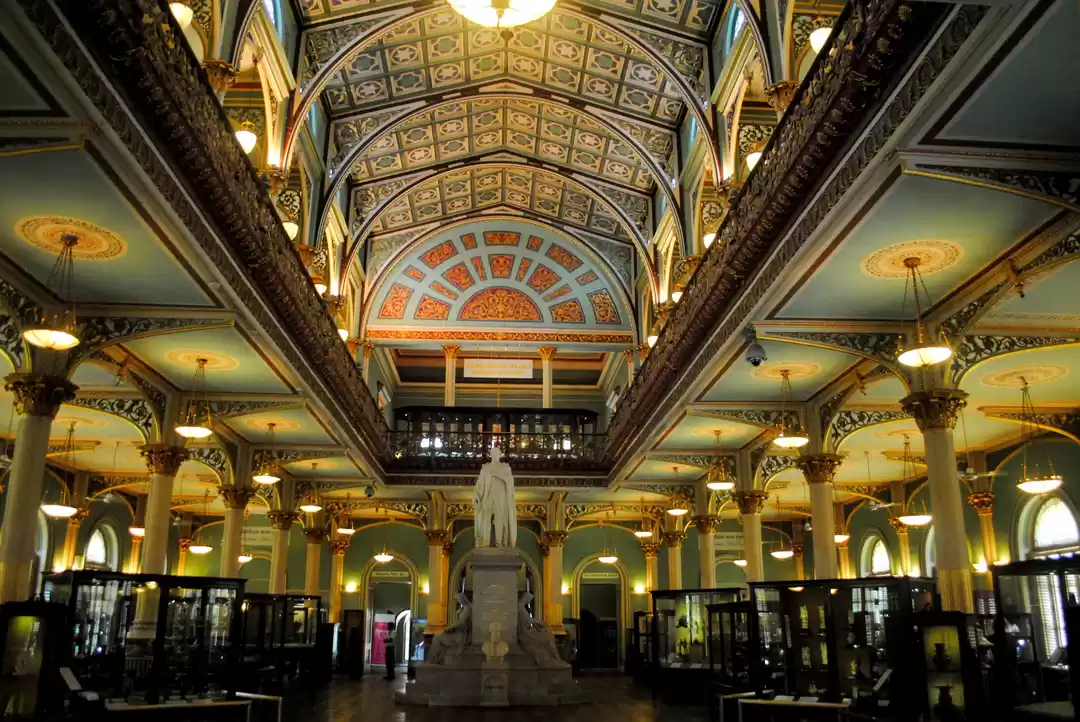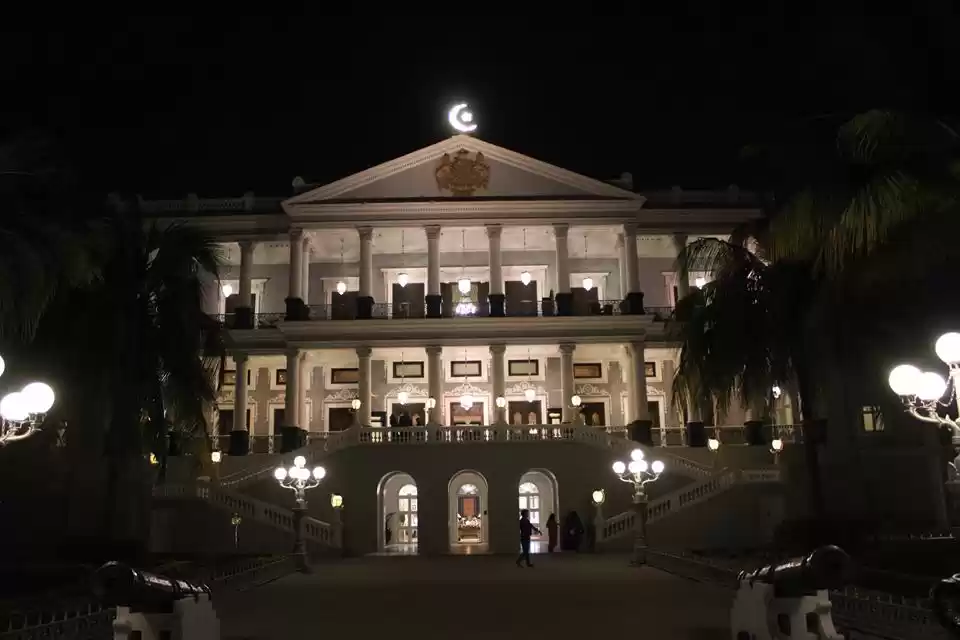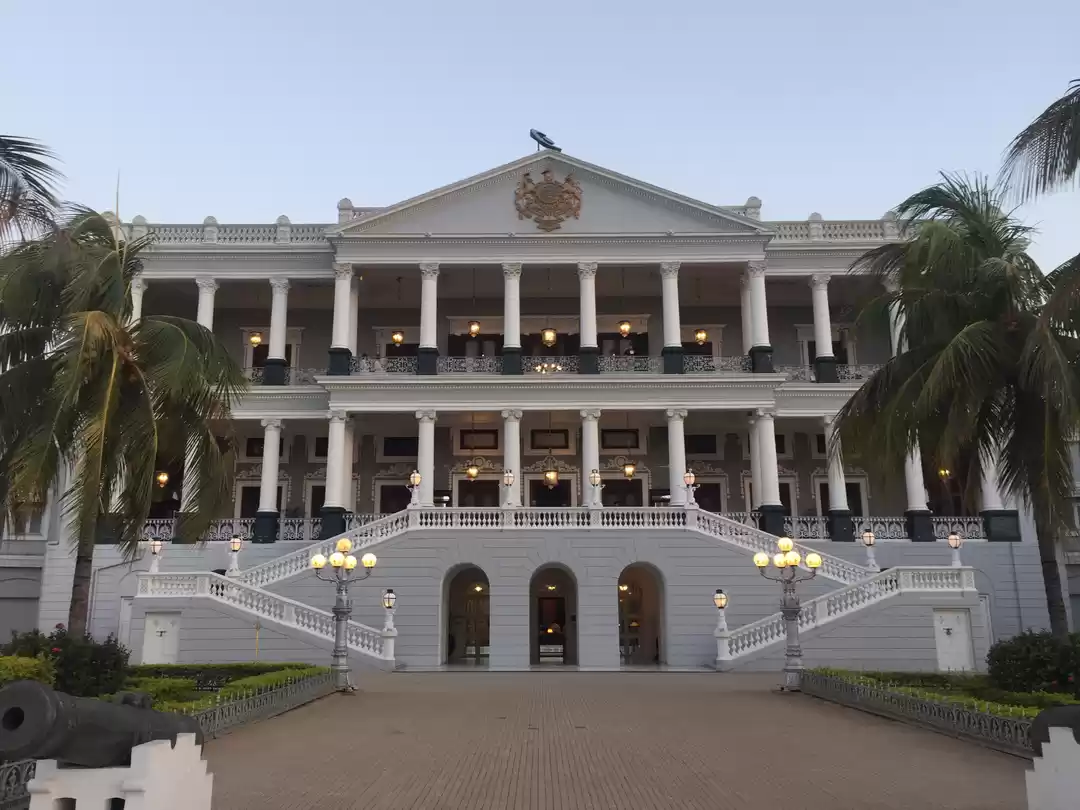




















































An European Palace in India – Scindia’s Jai Vilas Palace, Gwalior
Jai Vilas Palace built by the Scindia’s is totally inspired by the European style of art with its Corinthian columns and royal arches. The palace is divided in three parts. One part is owned by the Congress faction of Scindia, the other by BJP faction and third open to public viewing.
Things worth seeing in the palace are as follows:
1) Deewan-e-Khas is the most majestic hall in the palace. It has two chandeliers hanging from ceiling with each weighing three and a half metric tonnes. The columns in the halls are painted in real gold. Thus approx 500 kg gold is there in the hall. The hall is still used on special occasions. It is said that to test the ceiling whether it will be able to take the weight of the 7 metric tonne of chandeliers, elephants were used for 7 days and only after he was satisfied, they were hanged.
2) The dining hall has three sections. The leftmost is Indian style where guest can eat sitting on ground and serves vegetarian food. The right most table is for English style of dining and serves non-vegetarian food. The centre table is for serving liquor. It has a track laid on the table on which the train carrying liquor moves. Now the train has been converted to an electric train. The whole train and track set is made of silver.
3) All the glasswork is imported from Brussels. Things worth seeing are huge wall mirrors all brought in one piece.
4) The Krishna Mandir imported from Brussels by the Scindia Family on the occasion of Janmashtmi actually shows an angel flying behind Lord Krishna, an Europian Effect.
5) Out of the few things which are actually Indian in the palace is the Malabar furniture. The rosewood furniture is very intricately carved. Each chair in the dining table weighs 45 kg and the table weighs 300 kg. Each chair has different design carved on it. The table top is made in two halves as a single wood piece of this size would be unavailable. The rosewood has a quality that it becomes black as it ages. Hence the black furniture. Also the dining set laid out on table is a mixture of fine bone china and silver.
6) There is also a wall hanging covering the entire wall. It was made in Iran was called Kirman Mash’ir and shows all the major kings of world like Chenghiz Khan, Babur and other Mughal Rulers, Jesus, Napoleon and old Shahs of Iran.
7) One of the queen was barely 4 ft. Hence very small size furniture could be seen in her room.
8) The traditional pagdi/safa (headgear) is made of 60 metre of cloth and takes about three days to make.
9) The dresses worn by Jyotiraditya Scindia and his wife on the day of marriage are also displayed. The saree weighs some 5 kg and is has silver and gold weaving.
10) The furniture was imported from France, Italy and England.
There are no doubts that Scindia’s were well rewarded by the British for siding with British against the mutiny of 1857. For supporting the British, Scindia's betrayed the brave soldiers who like Rani Lakshmi Bai who were fighting against the British to free our country in mutiny of 1857.
The Scindias may have earned lots of material wealth which is reflected in the palace, but history will always show them as traitors of the country.


